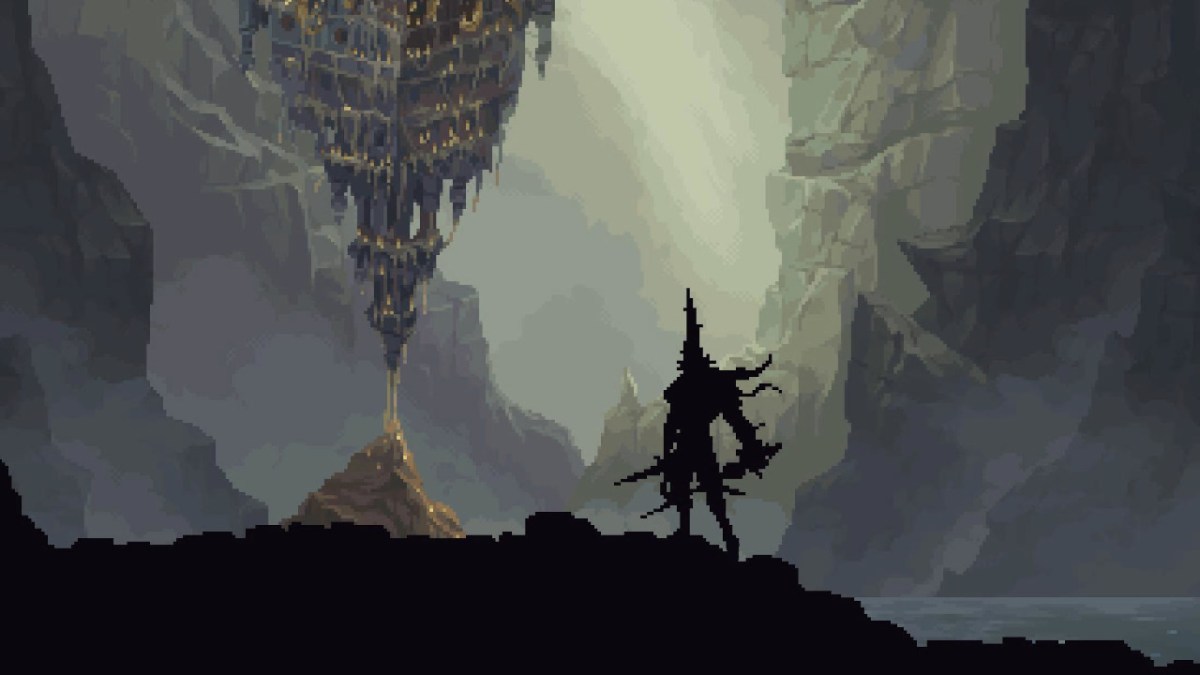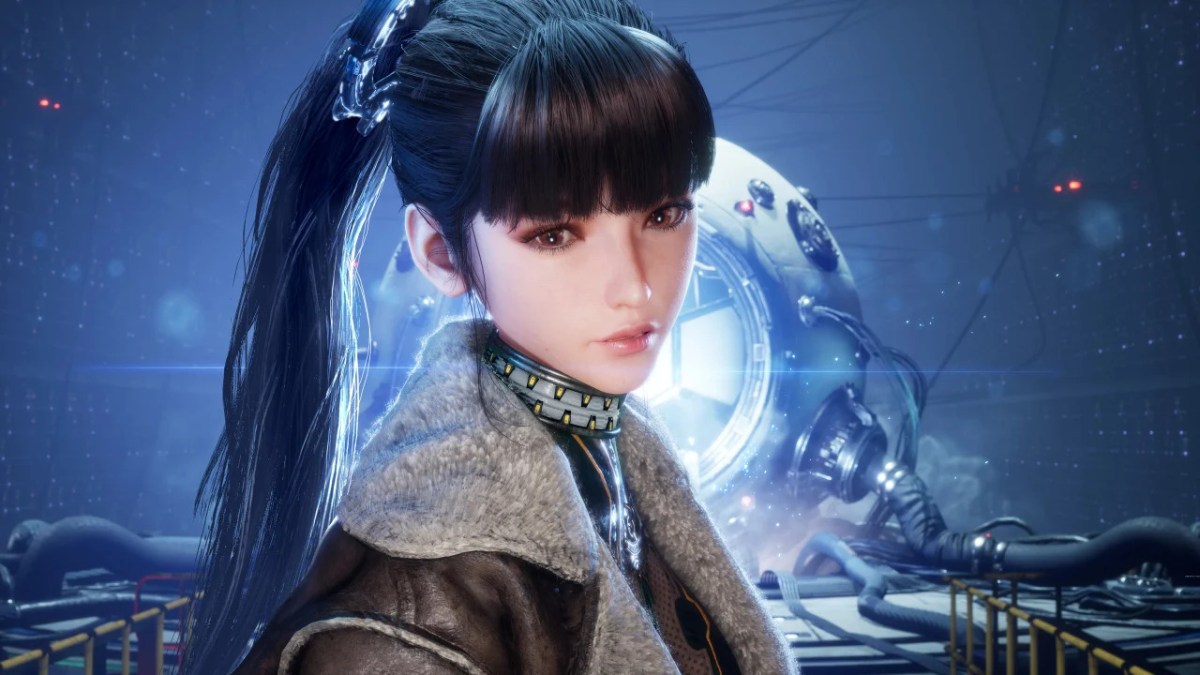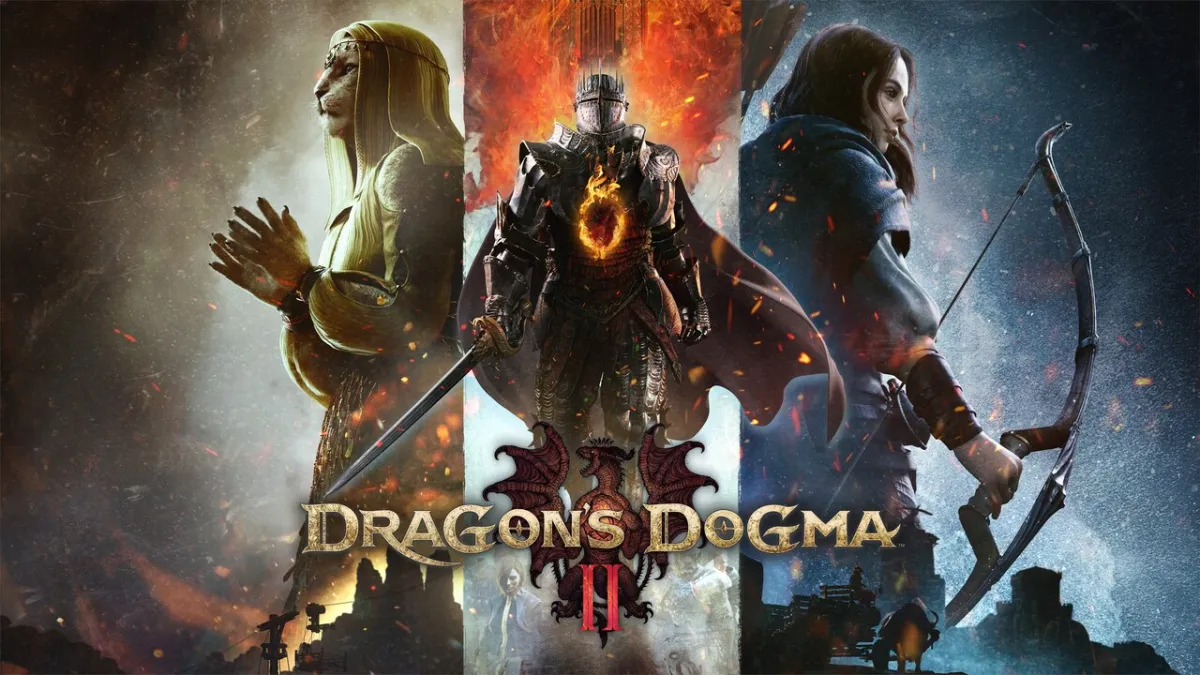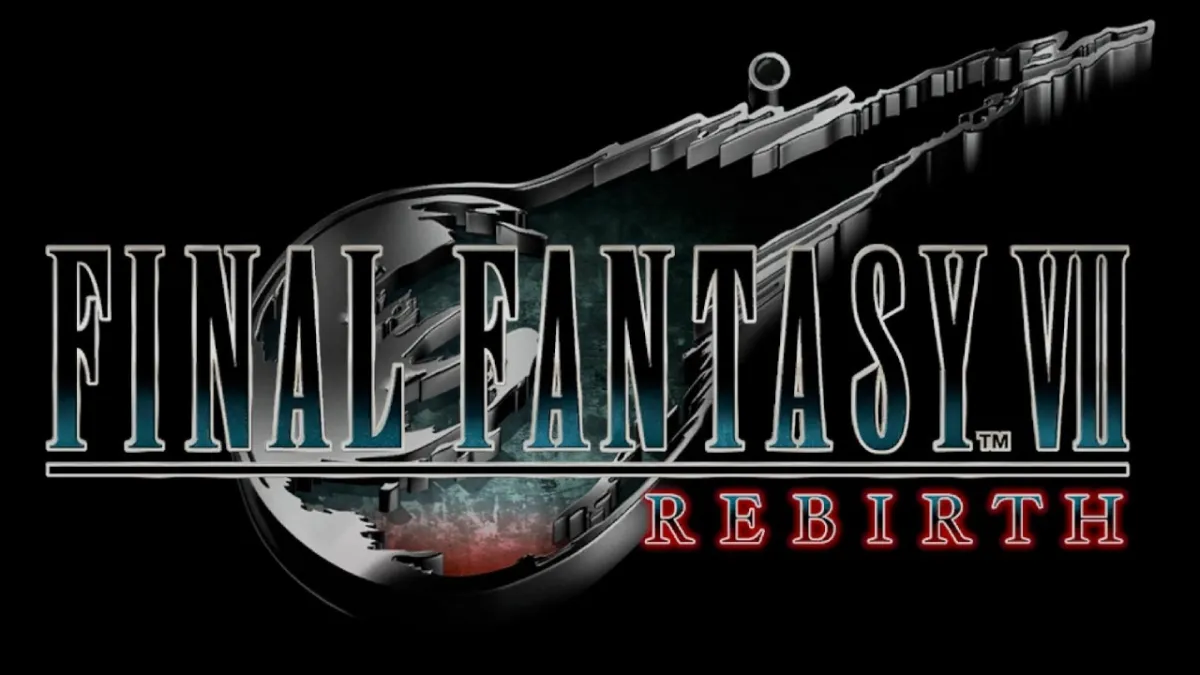Few Metroidvanias are successful in rocking me to my core. The original Blasphemous was a hit for Indie players, and while I enjoyed the aesthetic and gameplay, I felt it was still somewhat lacking. It pushed boundaries in terms of Gothic Horror in video games while showing us a beautiful and cruel world. Blasphemous 2 refines that formula and feels superior to play while possibly defining a new niche, Liturgical Horror, as I explore in my review.
A Deeply Addicting Metroidvania
Blasphemous 2 defines itself as falling within the Metroidvania subgenre. A Metroidvania is typically a sidescrolling adventure game that features backtracking, obstacles meant to be overcome in later visits, and multiple endings. For players of Metroid or Castlevania, the namesakes of this genre, games that follow this formula are sought-after and compared to the ultimate seminal entry, Castlevania: Symphony of the Night.
Blasphemous 2 can’t help but exist in the shadow of SotN, I’ll outright say it. The 1997 PlayStation classic is hailed as one of the greatest games of all time, and its addition of Metroid-style platforming transformed Castlevania into far more than a side-scrolling action game with killer boss fights. But instead of resolving to be a pale imitation, Blasphemous 2 leans into its concepts, aesthetics, and surprisingly varied combat mechanics to create a deeply addicting Metroidvania. While lurking in the shadows, it makes the light far more sinister.
How this is achieved is a fascinating animal. In my first hours, I couldn’t help but constantly compare it to the OG. You start with limited terrain traversal, a dash mechanic (thankfully forward dash) that leaves a blue afterimage, and amazingly varied enemy designs. Blasphemous 2 goes further past generic gothic themes and uses its 3-weapon system, the Arsenal of Penitence, and some choice characters to evoke images of an emerging, fascinating horror gaming genre: Liturgical Horror.
What Defines Liturgical Horror?
As an attempt to coin this genre in a broader sense, I’ll explain: Blasphemous as a franchise uses heavy religious influence in its character and world designs. But beyond simple religious themes, it uses the Liturgical aspect, that is, “public worship” with an ornate, ceremonial value, most commonly found in the Catholic church, as well as in Anglican and Orthodox denominations. Liturgical religious practices feature elegant attire, beautiful halls, and angelic imagery, which Blasphemous 2 turns upon its head.
The game takes particular influence from Spanish Catholicism, especially Holy Week. The main character is the Penitent One, who wears a conical helmet similar to a Capirote, but with connotations similar to a Sanbiento, a “cone of shame” like from the Spanish Inquisition. You don’t wield the Mea Culpa but get distinctive, ornate weapons matching the game’s aesthetic instead. Enemies wield breaking wheels and floor candelabras, and you wield prayers in battle like magic. Even a traditional image of hope like a womb bearing a child is an ominous sign, looming over the game’s world.
In the gameplay system, it manifests in such things as offering fervent kisses to an unseen godly figure’s hand to upgrade your prayer abilities and offering bile to a giant angelic woman. There’s a feeling of communion in even things like upgrading your health, but you’ll find that it has a very real, drastic effect on the game world: as you grow stronger, those who help you grow weaker.
One particular character has their skin slowly peeled away by floating cherubs, starting with their bloody skeletal arm poking out, and gradually progressing with each visit. This continues until they’re just a bleeding, talking skeleton, flayed by your continuous sacrifices. But it’s fairly necessary if you want to survive and carry out your penitence. Everything beautiful is in equal parts grotesque, and Liturgical Horror embodies this principle wonderfully.
Combat and Boss Battles Are Appropriately Punishing for the Penitent One
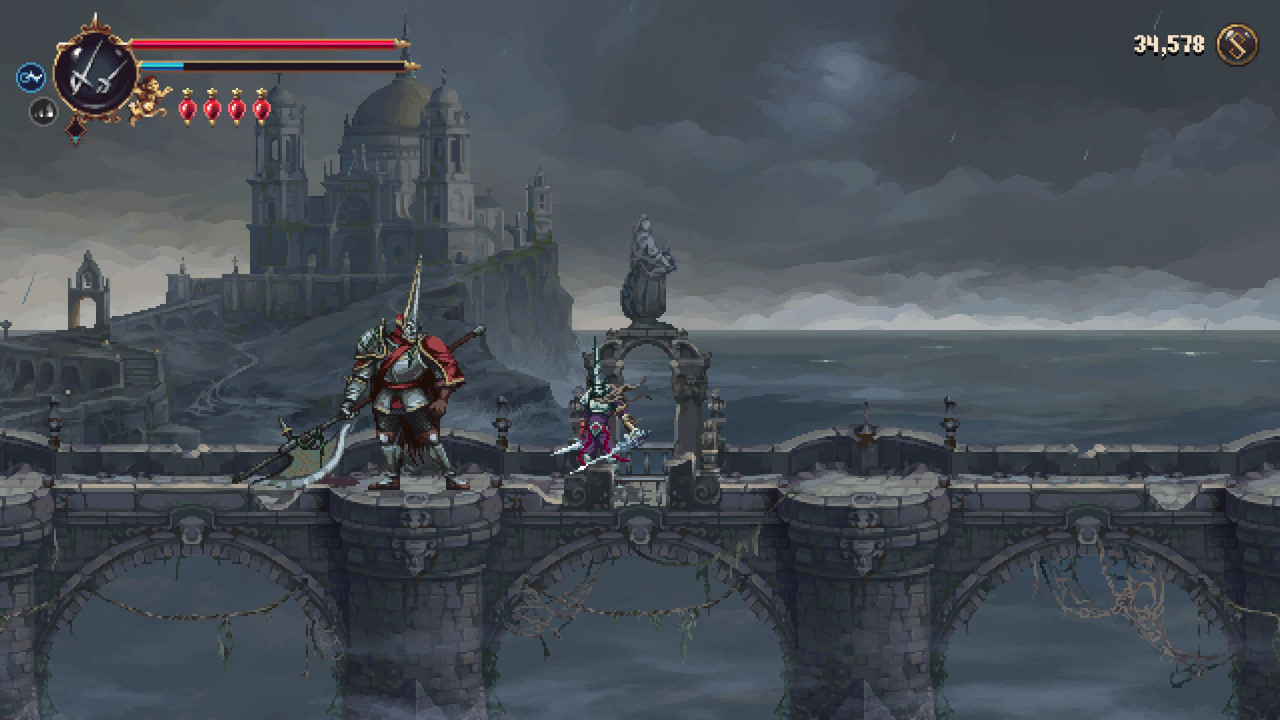
In what perhaps might be a meta-commentary, you’ll feel like you’re carrying out your penance every time you die in some of the deadly fights in Blasphemous 2. Enemies have noticeable patterns that can be countered, and you’ll learn from your fights similar to how you adjust to a Dark Souls session. You start with a choice of 3 weapons with different playstyles and corresponding abilities to get through obstacles and can upgrade each of them. You will need to, as some boss fights will break you.
In my playthrough, I thought I was going to have a more negative experience overall when my choice landed me on a path to the game’s worst boss fight. It was a generic big enemy you cut down with ease, then a smaller, faster enemy, and then both of them at the same time. It felt like a lame boss rush, and I’m so happy I wound up being wrong.

In Blasphemous 2, you fight bosses that are easier to counter, bosses you must keep at arm’s length or further, and bosses that feel like something straight out of a bullet hell (heaven?) or Mega Man. They’re hard and unique, and each plays into different liturgical concepts, from hymns to blessed salt.
Gothic, Pessimistic Visuals
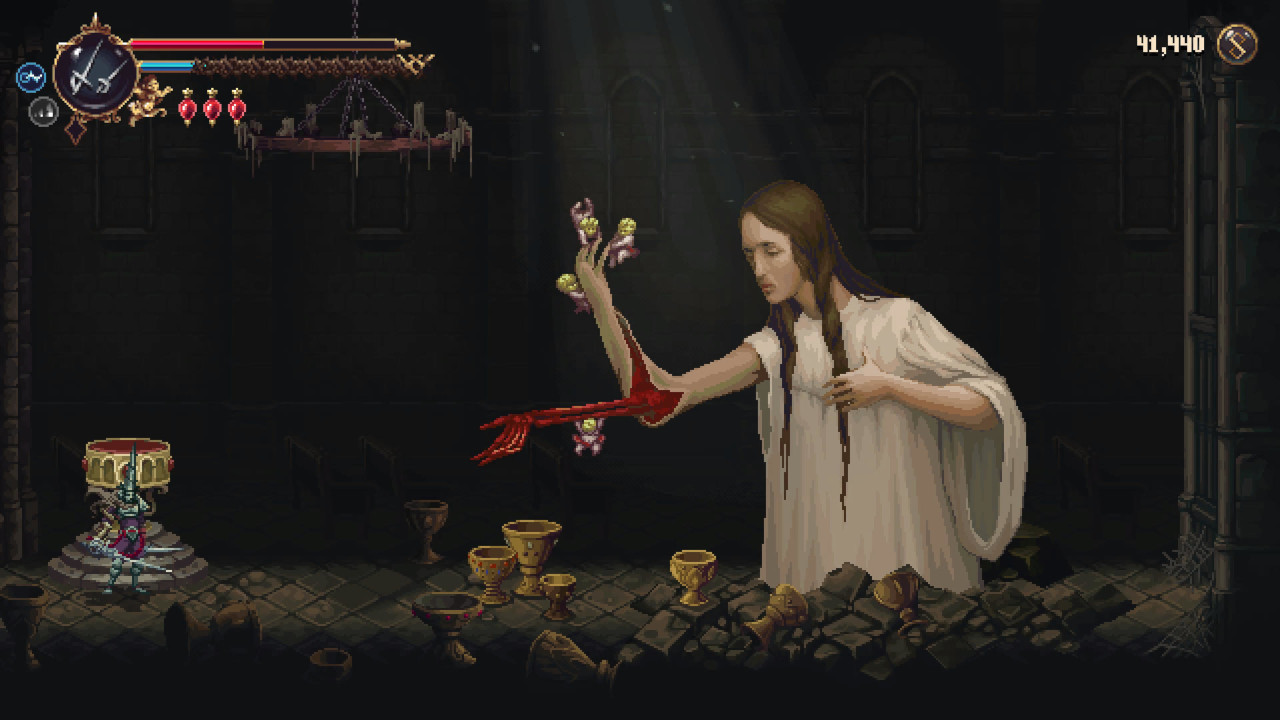
Much of the Liturgical Horror aspects of the game lie in its art style. While it’s predominantly pixel art that dominates the game’s appearance, the larger-than-life characters showcase some Gothic, pessimistic visuals resembling something leaping out of a Bosch or Bruegel the Elder painting. Upside-down towers have bridges of candlewax leading to their entrances. Humans are twisted and even corrupted into monstrous forms like from “The Fall of the Rebel Angels” and the world feels alive, layered, and more fleshed-out than in the first.
You encounter strange and terrifying individuals throughout your travels. While the NPC presence is often not hostile, some of them feel sinister by nature. One such example is a grieving woman in a dreamlike realm where you must gather other women above, sitting on dangling chairs tethered to ropes. It’s evocative and loaded with subtext.
The only thing I’m not married to is the animation style of the cutscenes, feeling more generically animated, but still well-drawn. But it also indicates a greater budget and attention to detail, feeling pretty while losing some of the gritty pixelated charm.
The Verdict: Guilty of a Good Time
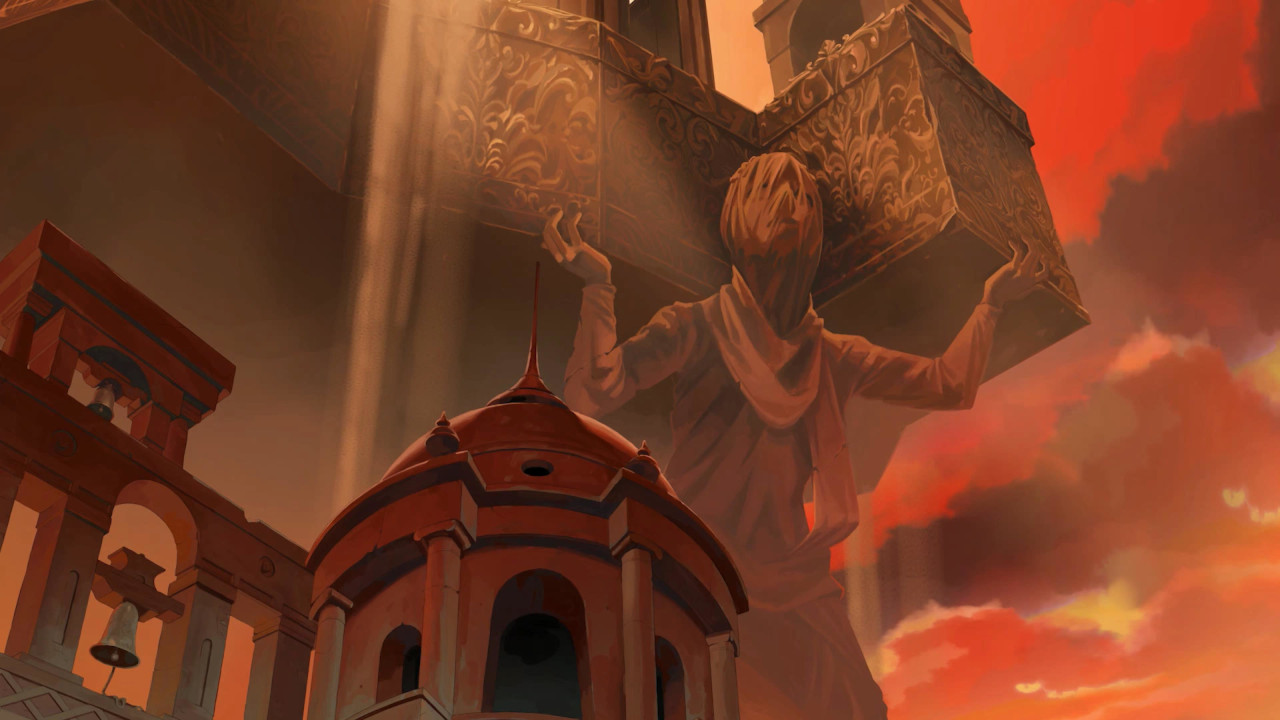
I’ve not had this much fun in a Metroidvania since Order of Ecclesia on the DS. Blasphemous 2 feels approachable yet terrifying, in equal parts gory and unsettling as it pushes the boundaries of what is considered horror. It’s highly replayable and will be a delight to watch others play such as for speedruns.
The battles are tough but fair, the magic and parrying system is satisfying, the weapon system caters to different playstyles, and the Liturgical Horror visuals are hauntingly beautiful. The dialog is sometimes verbose and even pretentious, but it shines for the more climactic boss fights.


